 by Ashka Naik, Director of ACUPCC Initiatives, Second Nature
by Ashka Naik, Director of ACUPCC Initiatives, Second Nature
As of September 2013, the ACUPCC reporting system has 1990 Greenhouse Gas Reports, 521 Climate Action Plans and 328 progress reports. As we look deeper into these publicly shared data—submitted by more than 670 institutions over the course of 5.5 years of the initiative—what we see is an intricate picture that is telling of the overall progress made by the US higher education sector in its pursuit to create a sustainable and thriving society. These outcomes can also educate us about the challenges and opportunities confronting our institutions.
In this blog series, we will highlight trends and patterns that emerge from these publicly submitted reports. Our goal in sharing these chronicles is twofold. It is to share the network’s impact by leveraging the power of data. But more importantly, it is to underscore how a committed community of “doers” at higher education institutions has brought this extraordinary higher education sustainability movement to life.
Analyzing submitted reports by Carnegie Classification reveals how different types of institutions are advancing in their Commitments to climate neutrality.
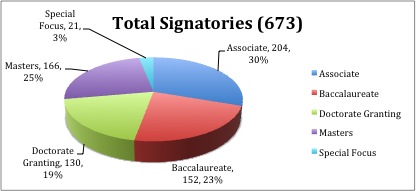
Figure 1: The above chart highlights how different Carnegie Classifications are represented within the ACUPCC.
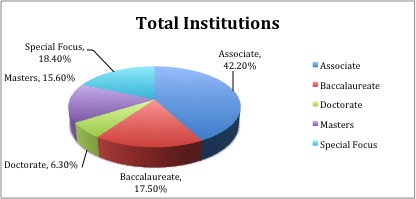
Figure 2: The above chart highlights how different Carnegie Classifications are represented within the entire US higher education sector.
[Source: http://classifications.carnegiefoundation.org/summary/basic.php,
Accessed September 23, 2013].
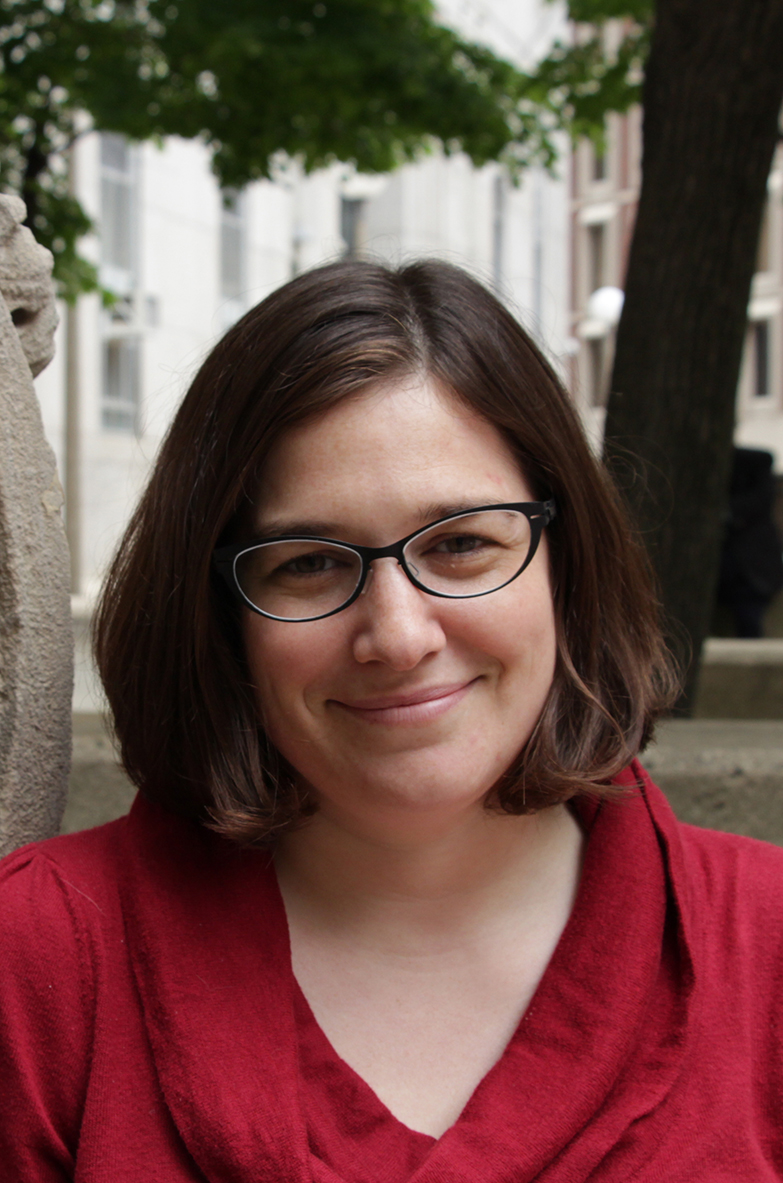

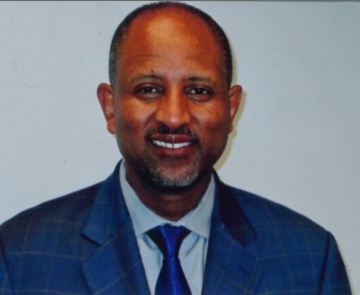
 ACUPCC Signatory, University of California Irvine, has earned California’s highest environmental honor, the Governor’s Environmental & Economic Leadership Award for its Smart Labs program. UC Irvine is committed to Governor Brown's plan to reduce California's carbon footprint and to the University of California's commitment to reach carbon neutrality by 2025, as recently announced by UC's new President, Janet Napolitano. Through UC Irvine’s “deep energy efficiency” program (their term for energy efficiency retrofit projects with associated significant energy savings) they are determined to demonstrate that efficiency can provide a major fraction of needed carbon abatement -- feasibly, quickly, and cost-effectively. The Irvine campus is now
ACUPCC Signatory, University of California Irvine, has earned California’s highest environmental honor, the Governor’s Environmental & Economic Leadership Award for its Smart Labs program. UC Irvine is committed to Governor Brown's plan to reduce California's carbon footprint and to the University of California's commitment to reach carbon neutrality by 2025, as recently announced by UC's new President, Janet Napolitano. Through UC Irvine’s “deep energy efficiency” program (their term for energy efficiency retrofit projects with associated significant energy savings) they are determined to demonstrate that efficiency can provide a major fraction of needed carbon abatement -- feasibly, quickly, and cost-effectively. The Irvine campus is now  approaching a 50 percent overall reduction in energy intensity achieved through a comprehensive program of deep energy efficiency, as a result of their “Smart Labs” program. Only a few years ago, no one believed that efficiency improvements and retrofits would yield a major percentage of needed carbon abatement, because the efficiency gains of new technologies - particularly sensors, digital controls, and software – were underestimated. All of those are key elements in UCI's comprehensive “Smart Labs” retrofit program.
approaching a 50 percent overall reduction in energy intensity achieved through a comprehensive program of deep energy efficiency, as a result of their “Smart Labs” program. Only a few years ago, no one believed that efficiency improvements and retrofits would yield a major percentage of needed carbon abatement, because the efficiency gains of new technologies - particularly sensors, digital controls, and software – were underestimated. All of those are key elements in UCI's comprehensive “Smart Labs” retrofit program.  by
by 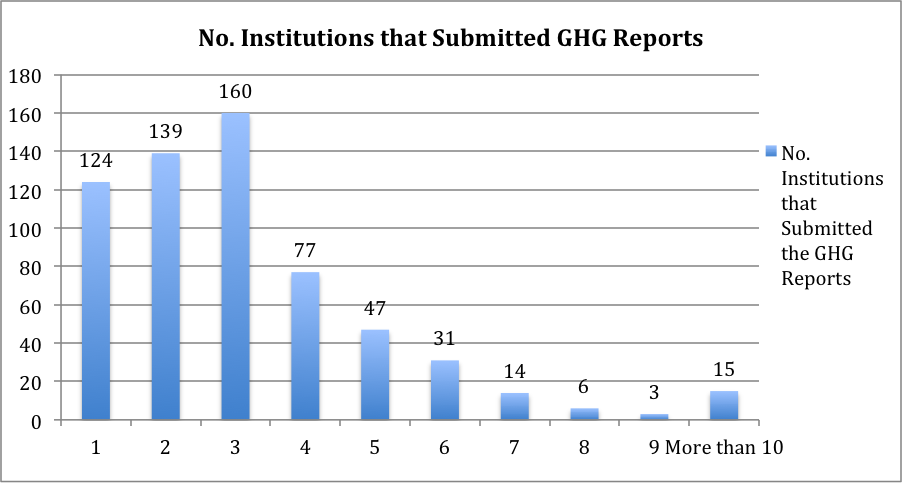
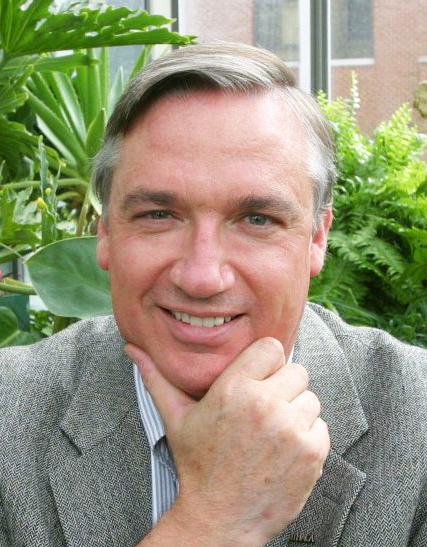
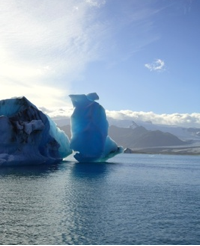



 "If you’re looking for a big opportunity, seek out a big problem." This guidance by H. Jackson Brown Sr. speaks to the many opportunities and challenges we have experienced at
"If you’re looking for a big opportunity, seek out a big problem." This guidance by H. Jackson Brown Sr. speaks to the many opportunities and challenges we have experienced at  Haywood Community College (HCC) has a rich history of sustainability. When President Rose H. Johnson arrived in January 2006 she made sure sustainability was a strategic imperative for the college. In May of 2007 President Johnson signed the ACUPCC, committing HCC to the far-reaching goal of eliminating its operational greenhouse gas emissions, supporting the educational opportunities for students to advance a low carbon society and to publicly report progress on an annual basis. To support the goals of the ACUPCC and other sustainability efforts, HCC also joined AASHE, participates in AASHE's
Haywood Community College (HCC) has a rich history of sustainability. When President Rose H. Johnson arrived in January 2006 she made sure sustainability was a strategic imperative for the college. In May of 2007 President Johnson signed the ACUPCC, committing HCC to the far-reaching goal of eliminating its operational greenhouse gas emissions, supporting the educational opportunities for students to advance a low carbon society and to publicly report progress on an annual basis. To support the goals of the ACUPCC and other sustainability efforts, HCC also joined AASHE, participates in AASHE's  Starting in 1990, Ball State University began its “dance” with the challenges of sustainability. At that time, the Provost and Vice President for Academic Affairs, Dr. Warren Vander Hill, appointed our first Green Committee (
Starting in 1990, Ball State University began its “dance” with the challenges of sustainability. At that time, the Provost and Vice President for Academic Affairs, Dr. Warren Vander Hill, appointed our first Green Committee ( The California Higher Education Sustainability Conference (
The California Higher Education Sustainability Conference (
 Bowie State University has undertaken several endeavors to go “green” and increase its sustainability through its
Bowie State University has undertaken several endeavors to go “green” and increase its sustainability through its  My name is
My name is